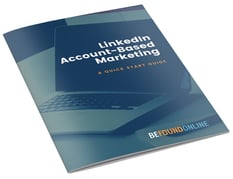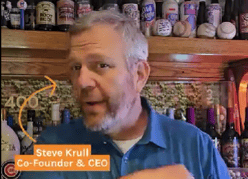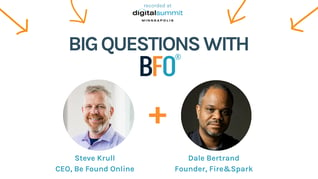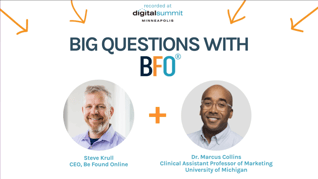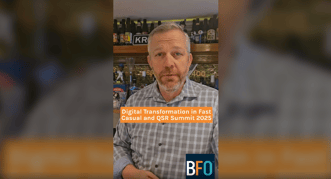Successful Global Digital Marketing Strategy | International Internet Marketing | BFO
March 02, 2017
4 Minute Read

Global internet marketing has made it easy for brands to reach audiences around the world. Success though requires more than a website and a Google translation widget. To unlock success overseas requires a global marketing strategy based on an approach of local over global.
Local understanding is vital. Google “failed global marketing” and you’ll find a host of results highlighting brand failures around the world. In many cases, the campaigns failed due to translation errors, failing to understand the culture, and not understanding the local market.
This is why at BFO we stress the idea that to succeed globally, you need to focus locally. A brand with a Chicago HQ that wants to succeed in Berlin, Hong Kong or Buenos Aires needs to understand the local market. Once the local market is understood, it’s possible to build a solid global internet marketing strategy. This strategy requires the following three essential elements.
Global Internet Marketing and Buyer Personas
This section could just as easily be called “analytics”. Before lining up the next two elements of the strategy, it’s important to identify, evaluate and confirm the buyer persona for the product. Of course, this includes demographic information such as age, gender and income. Perhaps more importantly, it requires an in-depth analysis of devices used for internet access, primary conversion channels and ideally digital attribution to understand the buyer journey.
Success here requires a two-fold approach. First, employ analytics tools like Analytics360. (Google Analytics, the free version, might work. But frankly, a brand expanding an offer globally likely will exceed the capability of this platform to deliver full data sets. This could result in sampling of traffic, a serious problem when precision is most needed.) Analyze the data to understand the digital world of the local market.
The second step requires local insight. Interview local marketing experts to gain understanding of local trends and to understand how customers like to buy. This is another reason to apply attribution modeling, to understand the interplay of internet and brick-and-mortar to ensure the setup of the most effective buying channels.
Cultural Differences
Study the culture. The time invested here can mean the difference between success and failure. How important is this? Consider that Pepsi Cola surrendered its dominance in the SE Asia market when it changed the color of its vending machines from “regal” to “ice” blue, a lighter blue associated with death and mourning in the region.
This represents only one instance where a major global brand botched. For as small as the world may feel, the different cultures around the world retain very distinct differences which must be understood if pitfalls are to be avoided. Even in culturally similar Europe, significant differences exist between north and south, east and west. The same goes for Asia, South America and Africa.
Language
The final step for global internet marketing success relies on language. After putting in the effort to understand how buyer’s interact with media and the local culture’s nuances, nothing could be worse than choosing the wrong word.
Take Parker Pen, for example. When launching a pen in Mexico, the English slogan was translated from “It won’t leak in your pocket and embarrass you” to “It won’t leak in your pocket and make you pregnant.” The problem came from a single word “embarazar.” Don’t worry, though, Parker Pen isn’t alone – brands like Coca-Cola, Pepsi, Kentucky Fried Chicken and others have had many more embarrassing errors.
Language involves two components. First, an accurate translation. Second, an understanding of idioms, metaphor and figurative elements of the language. Sometimes direct and accurate translations of words don’t communicate the same meaning.
That’s why at BFO, we work with partners overseas who specialize in languages. We also have offices in London and Singapore to ensure we can help our customers create global internet marketing strategies based on a local understanding. Looking to expand your brand overseas, start a conversation to find out how we can help.
In the meantime, be sure to check out our new ebook, How to Get ROI Reporting Running for your International Websites.

Steve Krull
As CEO/Co-Founder of BFO, Steve excels in ‘unleadership.’ (his word) Steve believes in collaboration and leading by example; remaining vulnerable and open to new ideas, accepting feedback…and doing good things.
CATEGORIES
SUBSCRIBE TO OUR BLOG
Stay up to date with the latest industry best practices in digital marketing!




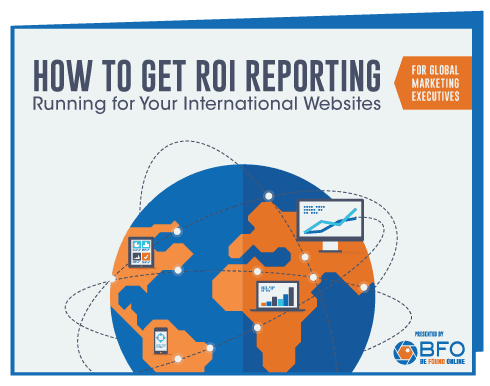












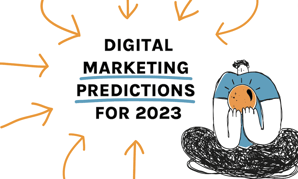
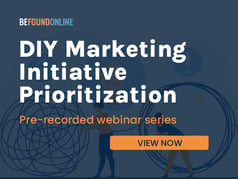
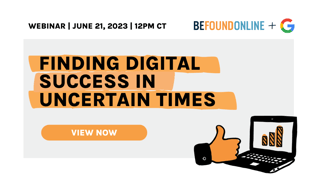




.png?width=339&height=179&name=Webinar%20Banner%20(1).png)

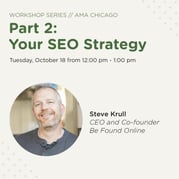

.png?width=339&height=179&name=July%20Webinar%20(Newsletter).png)
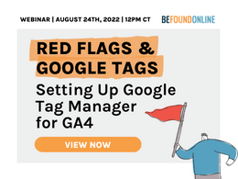
.png?width=339&height=179&name=Webinar%20Banner-April-02%20(1).png)
%20(4).png?width=339&height=179&name=Webinar%20Banner-May-02%20(1)%20(4).png)




.png?width=339&height=179&name=March%202023%20Webinar%20Ad%20(autoresponder).png)






